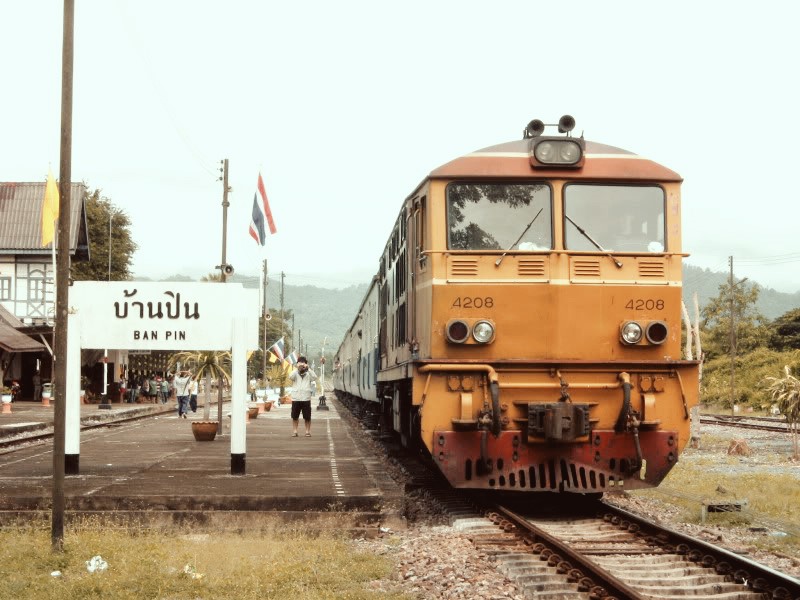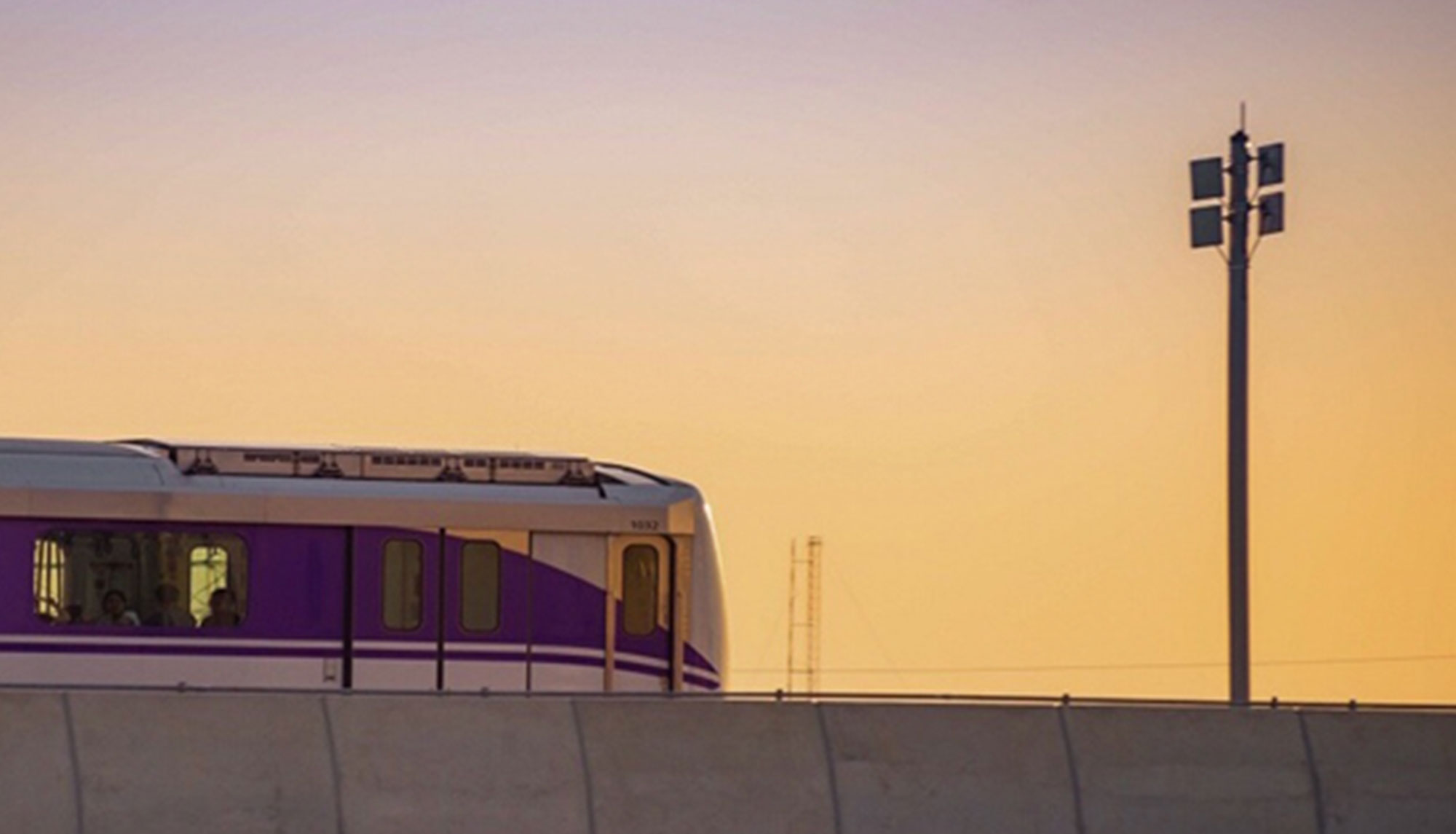The engineering invention known as the “train” offers significant economic and social benefits. Trains facilitate quick and safe transportation while being environmentally friendly and energy-efficient. They utilize steel wheels that glide smoothly along low-drag steel tracks. Electric trains, in particular, serve as an alternative to oil-based energy sources for efficient transportation. This becomes particularly important during periods of energy scarcity resulting from a shortage of fossil fuels.
The “train” requires less land for constructing transport infrastructure compared to other land-based transportation systems, even when transporting the same volume of goods or passengers. This efficient land utilization contributes to land conservation efforts. Communities can be established primarily around train stations, benefiting from the convenient and safe mode of transportation provided by trains. This approach enhances the quality of life within the community.
The “electric train” can be further developed to include “high-speed trains” in order to meet the increasing economic demands of the future. As a result, rail transport, including trains, will thrive in a progressive and knowledge-driven society. Stakeholders recognize the wide-ranging benefits of this development and utilize them to shape policies accordingly.

Currently, there is a prevalent trend among SME business owners to invest in land, specifically projects located in city centers near sky train and subway stations. This behavior is driven by various factors, including escalating traffic issues, rising oil prices, and significantly lower deposit interest rates compared to the past (now ranging from 0.75% to 1.75%). As a result, individuals with available funds are increasingly opting to invest more in real estate, speculating on potential profits from land or condominium sales.
Therefore, it is evident that currently, up to 40% of investors are engaged in real estate. Simultaneously, the government has made substantial investments in various infrastructure projects, including electric trains, leading to a positive impact on the real estate industry. Consequently, it can be concluded that properties located along the BTS lines are highly sought-after in the market, making them ideal for both residential and business investments.

The Bang Yai – Bang Sue Section of the Purple Line is a mass transit system project designed to facilitate travel for the residents of Bangkok and the western periphery. This area primarily consists of residential neighborhoods and encompasses significant locations such as employment hubs, government offices, hospitals, and commercial areas. The total length of this section is 23 kilometers, comprising 16 stations that commence from Khlong Bang Phai in Nonthaburi Province. The line follows the outer ring road, specifically the western stretch of Kanchanapisek Road, and crosses the Chao Phraya River.
Around Phra Nang Klao Bridge, Khae Rai Intersection, Tiwanon Road, Bangkok-Nonthaburi Road, ending at Tao Poon Intersection with a destination station (Tao Poon Station) connects to Bang Sue Station (Chaloem Ratchamongkhon Line or MRT) and connects to the Blue Line, Bang Sue – Tha Phra Section, and the Purple Line, Tao Poon – Rat Burana Section.
The Purple Line follows a route that traverses four major roads: Kanchanapisek Road, Rattanathibet Road, Tiwanon Road, and Bangkok-Nonthaburi Road. Along this route, there are several stations, some of which serve as interchanges for future projects such as the Red Line electric train. The final destination station is Tao Poon Station, which also serves as a connecting point for the Blue Line Project (Bang Sue – Tha Phra) and the MRT (Bang Sue – Hua Lamphong).
The convenience of train travel has spurred the growth of the real estate business in proximity to train stations. Recognizing the significance of transportation, our project is strategically located just 15 minutes away from Khlong Bang Phai Station on the Purple Line. This makes it an ideal choice for investors seeking to establish or expand their businesses, as it provides easy access to various types of factories and warehouses.
With convenient accessibility, there are five entrances and exits to our project. These include access points from Bang Bua Thong – Suphan Buri Road (340), Kanchanapisek Road 9, and Lad Lum Kaew Road (346). Moreover, it is just a 10-minute drive from the western outer ring road. This highly advantageous location makes our project an excellent investment opportunity, offering the potential for a rewarding business venture with a promising return on investment.





